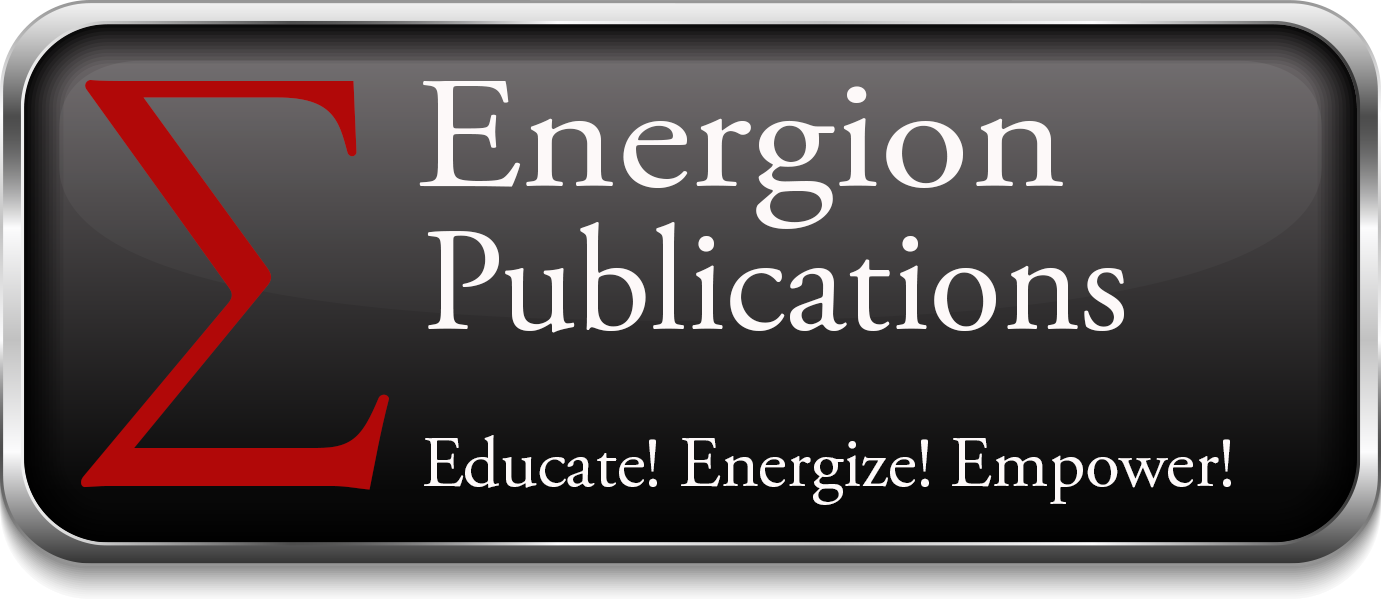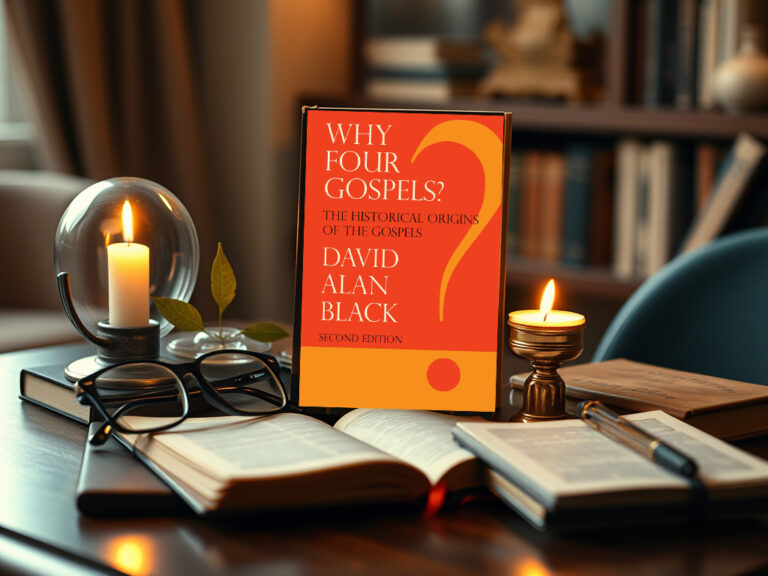READING AS CONTEMPLATION
by Herold Weiss
 It is not uncommon for a person who has not read the Bible to ask a Bible reader for advice as to where to start. Most books are read starting at the beginning. Reading the Bible this way, however, may prove quite a challenge. If one does that it may not take long to find it hard to concentrate on the reading. Quite often the person asking for advice is told, “Start with the Gospel of John. It is simple and interesting.” That is true, and reading According to John for its narrative can prove quite beneficial. The simplicity of its language and its limited vocabulary make it quite accessible. Teachers of New Testament Greek invariably use texts from this gospel as examples for learning Greek vocabulary and grammar. The familiar expressions make it an ideal text for beginning students of Greek.
It is not uncommon for a person who has not read the Bible to ask a Bible reader for advice as to where to start. Most books are read starting at the beginning. Reading the Bible this way, however, may prove quite a challenge. If one does that it may not take long to find it hard to concentrate on the reading. Quite often the person asking for advice is told, “Start with the Gospel of John. It is simple and interesting.” That is true, and reading According to John for its narrative can prove quite beneficial. The simplicity of its language and its limited vocabulary make it quite accessible. Teachers of New Testament Greek invariably use texts from this gospel as examples for learning Greek vocabulary and grammar. The familiar expressions make it an ideal text for beginning students of Greek.
In the process of coming to terms with the story of Jesus told in According to John, the careful reader soon realizes that there is something going on underneath the surface of the story, and this discovery sparks the desire to dig down to the deeper levels of meaning that echo on the surface. Curious readers who decide to explore the treasures buried underneath will soon discover that the simple vocabulary is the carrier of heavy loads of meaning. They will find that the narrator had an ample supply of plays-on-words, a good ear for irony, that the dialogues consistently leave Jesus’ interlocutors in uncomfortable positions, and that the community in which this gospel took shape was philosophically literate. Of course, the linguistic alchemy is not there to impress readers with the superior talents of the narrator. It is there at the service of radical and profound theological claims.
The richness of According to John is not easy to tap because it is cast in a symbolic universe that is strange to us. The Johannine community apparently had serious disagreements with the Jewish community within which it had been conceived and with the Christian communities that were being formed around the main apostles. Coming to terms with the peripheral Christian community that defined itself by means of this document is a basic requirement for reading this gospel intelligently. With the help of a good historical guide, however, reading According to John can be an act of contemplation.





Herold – since I’m your publisher, I’m sure you know I like your work, but I think this post is valuable on several levels, first for the idea that we don’t need to start by reading the Bible through from start to finish, but further for the idea that one can gain value at the surface and then dig in under that surface and gain more.
It’s important for people to think about how they are reading a passage and to realize that different perspectives not only give different results, but that one needn’t necessarily choose one or the other of those results and reject others; multiple readings can be valuable.
As you know I did a series of videos teaching from your book Meditations on According to John, and I’m going to embed my final interview with you here (link to playlist of whole series).
https://www.youtube.com/watch?v=dmrK9PPV1zY
Herold,
Thanks for this excellent post. I must say, however, that as a pastor I have struggled to recommend John as the first thing new converts read in the NT. I agree with your points about John, but it seems to me that John also soars to some philosophical and theological heights that new converts might struggle to understand.
I usually encourage new Christians to read and study the Gospel of Luke and then Acts to get a basic handle on Jesus’ ministry and the mission of the early church.
Your thoughts?
All I can say is that the Gospel of John is SUBLIME! I love it. It is the most spiritual and deepest of the four gospels. At the very beginning you can tell this. Wow! And then Jesus’ discussion with Nicodemus about being born again, including the famous verse, John 3:16, is the centerpiece of a personal relationship with Jesus! “The disciple whom Jesus loved” authenticates the pattern for intimacy with our Savior. And then commissioning Mary Magdalene as the first evangelist leaves me breathless! How can it get any better than this, including Jesus’ cooking breakfast for the disciples on the beach? Whoo! These are just a few thoughts off the top of my head – contemplations.
Good post, Herold.
Blessings,
Nancy